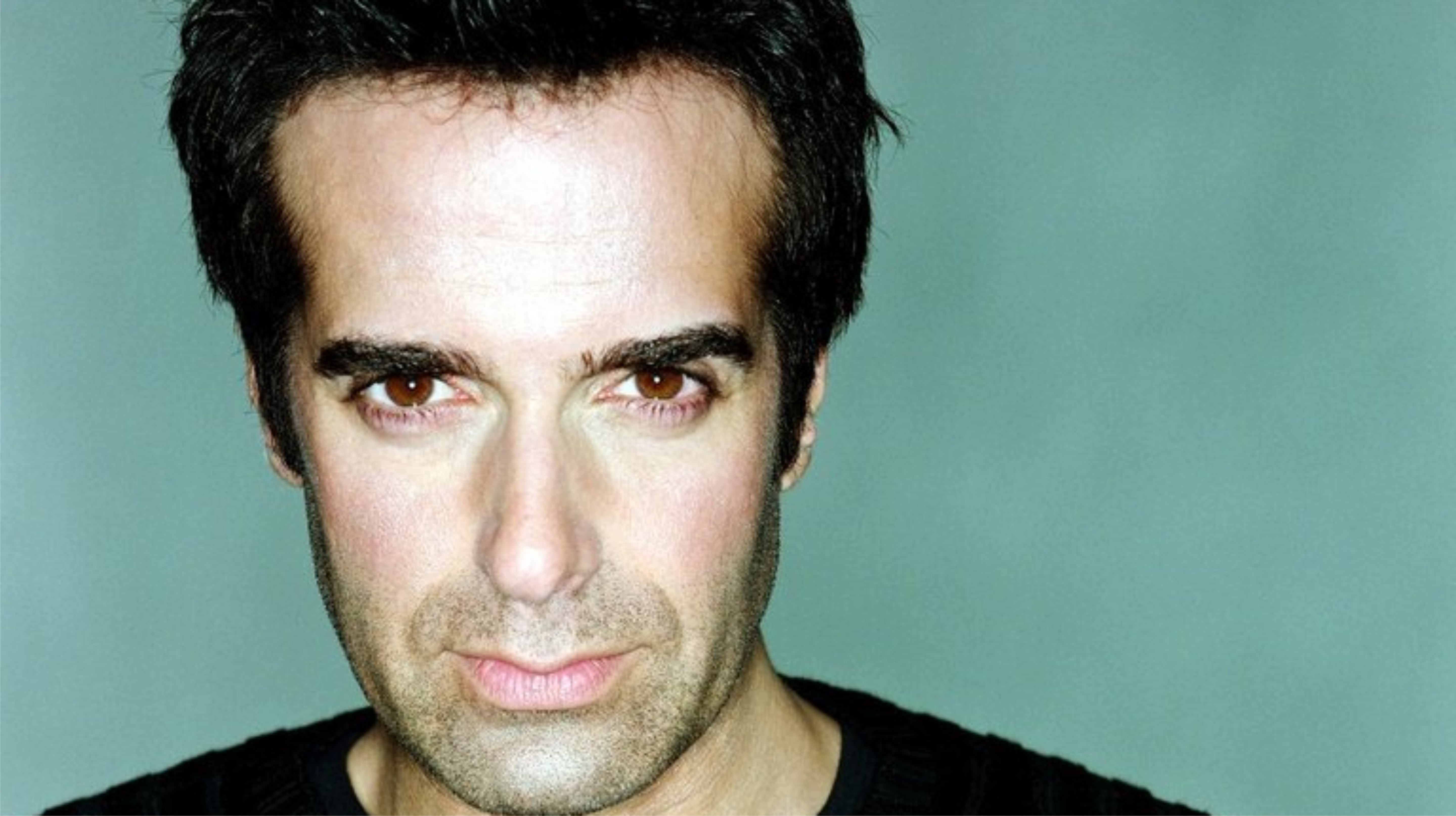
How the Internet made patents “less secret”
Before being an entrepreneur at PRESANS, I was a researcher in plasma physics, before that, I was a telecom engineer, and even before that, I was a magician. As a magician, this post would have been sacrilege. But you know, things change. The Internet has changed many things. Just Google search “patent Copperfield”, and you’ll find many secrets. There’s even a Wikipedia article on the subject.
Copperfield’s most famous illusion : the Flying
You probably remember David Copperfield’s most famous illusion called “The Flying”. Otherwise, it is visible here. During this magical act, Copperfield levitates, flies, is enclosed in a Plexiglas box while still floating in the air, he even carries a lady from the audience in the arm while twirling in the air.
If you do not want to know the secret, do not read on
The technical solution of “The Flying,” presented by David Copperfield was patented in 1994 by its inventor, John Caughan. Caughan filed a patent to protect the invention from being copied and to be able to sell an exclusive license to Copperfield.
In short, the secret behind The Flying is a system of very fine wires. At one end, these wires are attached to the hips of the magician and at the other end, a pulley system controlled by computer.
Patents are public documents: anybody can access and read them. When Caughan filed its patent (1994), most people could not access patent databases as the Internet was not as generalized as today. At that stage, the invention was therefore well protected and the actual trick was kept partially secret. He probably never thought that, the Internet would become so popular and that access to the patent would be so easy after a few years. The invention would still be protected, but not the secret, which, in magic, is the keystone.
How would you like to protect your inventions ?
The message we want to pass through this article is that patenting is not necessarily the best option to protect an invention or a technology. Under certain circumstances, Secret may be the best protection.
Technical solutions for magic tricks are no longer patented today. As for Copperfield, we should not forget that the technical solution disclosed in this article is only 5% of illusion. In addition to the technical aspect, there is also an incredible staging, an incredible charisma and a serious amount of work to make the illusion believable.
References and links
References
- “The Flying” video on Youtube.
- Original patent of “The Flying” invented by John Gaughan.
Illustration
- The illustration section is from the patent referred to above.
Expertise you need. Fellows you can trust
The Conciergerie platform sets up your call appointment with a Presans-vetted international expert within few days




I wish they had said how much Copperfield paid for the trick, he’s supposed to be the richest magician ever. Just curious.
The fun is to figure out the trick yourself. Reading it from internet or seeing it revealed just spoils the illusion and then after you can not enjoy the illusion anymore. As written the technic is only small part if the illusion or trick. Just try it yourself and you’ll see how difficult is to convince your audience